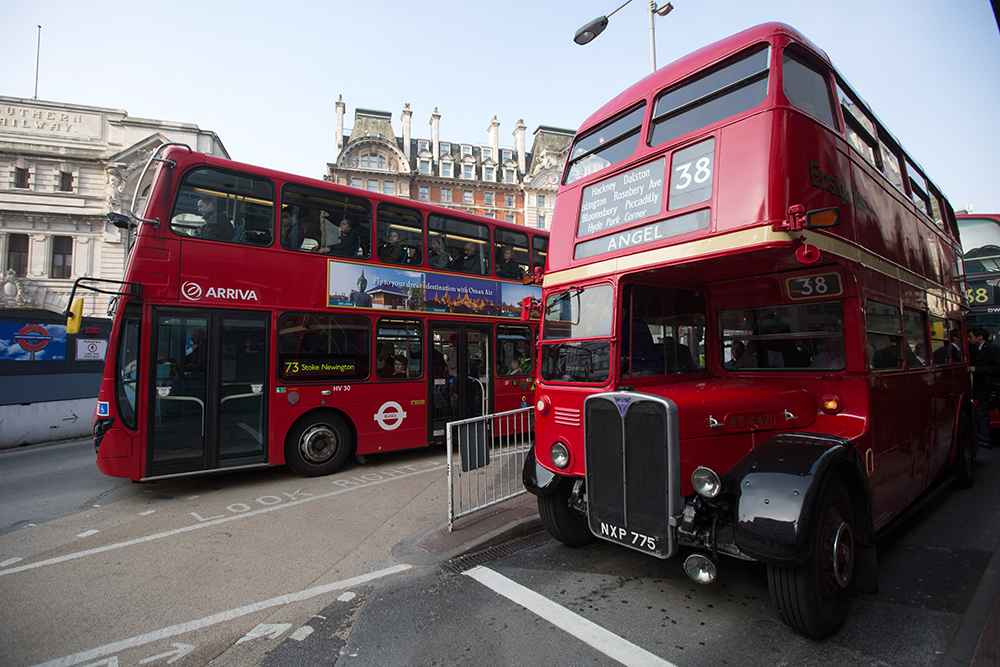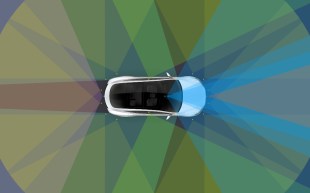Car Clinic: Appealing a bus-lane fine, reducing diesel emissions and reflective numberplates on classic cars
Sunday Times driving.co.uk experts answer readers' motoring questions in the regular Car Clinic advice feature
The car clinic experts
MR LOOPHOLE
Nick Freeman is a solicitor who runs a legal practice in Manchester and specialises in traffic law
INSPECTOR GADGET
Dave Pollard has written several Haynes manuals and has tested just about every car-related accessory.
TIM’LL FIX IT
Tim Shallcross used to train AA patrols to fix cars. Now he advises the Institute of Advanced Motorists.
Q. I received a penalty charge notice (PCN) for driving my car in a bus lane. I did this merely to exit a parking space alongside. It would have been impossible to enter or leave the space without crossing the bus lane. My appeal to the council was rejected. Should I take this matter further?
AL, London
A. A local council may cancel a PCN if there has been either no violation or if it finds there are sufficient mitigating circumstances. If you take your appeal to the next level, however, you will need to prove there was no violation; mitigating circumstances will no longer count.
There is no set rule for what classifies as a violation — it depends mainly on the terms of the sign regulating each bus lane. It is not automatically an infringement to go across a bus lane. For example, if a bus lane runs along a stretch where there are driveways, the occupants of those houses will have to cross the bus lane. Any appeal will hinge on whether the use of the bus lane was justified. I presume as there is on-street parking that this particular bus lane will not prohibit motorists crossing it to enter the spaces, but check the signage.
From the official photographs you have provided, your car is visible in the bus lane for a number of vehicle lengths, so one difficulty you may face is showing you left the bus lane as soon as was reasonable.
However, from looking at the timings on the camera, these photos cover a period of only about three seconds, after which you say you had moved over. This seems to be an arguable case, and it may be worth pursuing further. NF
Q. I recently bought a new diesel 4×4 but am worried about reports in The Sunday Times about the pollution created by diesel cars. Why has this situation come about when modern diesels are supposed to be so much cleaner? And what can I do to ensure my car emits as few toxins as possible?
AS, Sheffield
A. The Sunday Times report “Diesel ‘deadlier than petrol’” (News, April 6) focused on two types of emissions — diesel particulates and oxides of nitrogen (NOx) — that have a detrimental effect on air quality and severe consequences for health.
It looked at research that claimed that emissions levels are in reality much higher than stated in official tests, mainly because these are carried out in laboratory conditions on a rolling road. This does not reflect the stop-start nature of much real-world motoring, which adversely affects emissions.
You are right in stating that modern diesel engines are cleaner than older ones. The problem is that there are a lot more of them around — diesels made up about half of all new car sales in 2013. In order to make diesel vehicles both efficient and powerful their engines have to operate at very high pressure, and the higher the compression the more likely it is nitrogen and oxygen will join to form NOx.
The catalytic convertor can get rid of only some of these gases. In the same way, diesel particulate filters can prevent only a portion of particulate matter entering the atmosphere. New, finer filters should help to reduce particulate emissions further.
Even so, many car makers are now focusing on building more efficient petrol engines. The best way to keep your own emissions down is to do as little sudden braking or acceleration as possible by anticipating changes of speed and gradient in the road ahead. Keep your tyres at the correct pressure as this will help the engine burn less fuel, Using cruise control may also help conserve fuel on the motorway. TS
Q. I’ve heard there may be a change in the law that will require classic cars to have reflective numberplates. On what age of car does the requirement for reflective plates come into effect?
KM, Croydon, London
A. Don’t worry, there are no plans to force classic cars to be fitted with modern plates. According to the Driver and Vehicle Licensing Agency document INF104 (you can find it at gov.uk), “Vehicles made before January 1, 1973, may display traditional-style ‘black and white’ number plates, for example, white, silver or grey characters on a black plate.”
The change you may have heard about is one relating to the vehicle excise duty (VED) exemption for classic cars. As of 1997 this was granted only to cars made before January 1, 1973, but the rule changed on April 1. The exemption will now apply to all vehicles constructed 40 years ago or more, with the exemption automatically rolling out at the beginning of every April.
So from April 1 vehicles made before January 1, 1974, became exempt from VED; from April 1, 2015, the cut-off date will roll forward to January 1, 1975. DP





